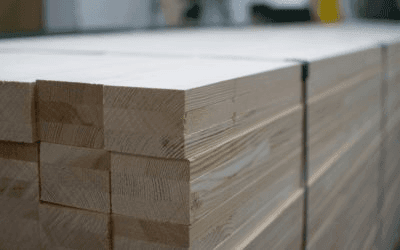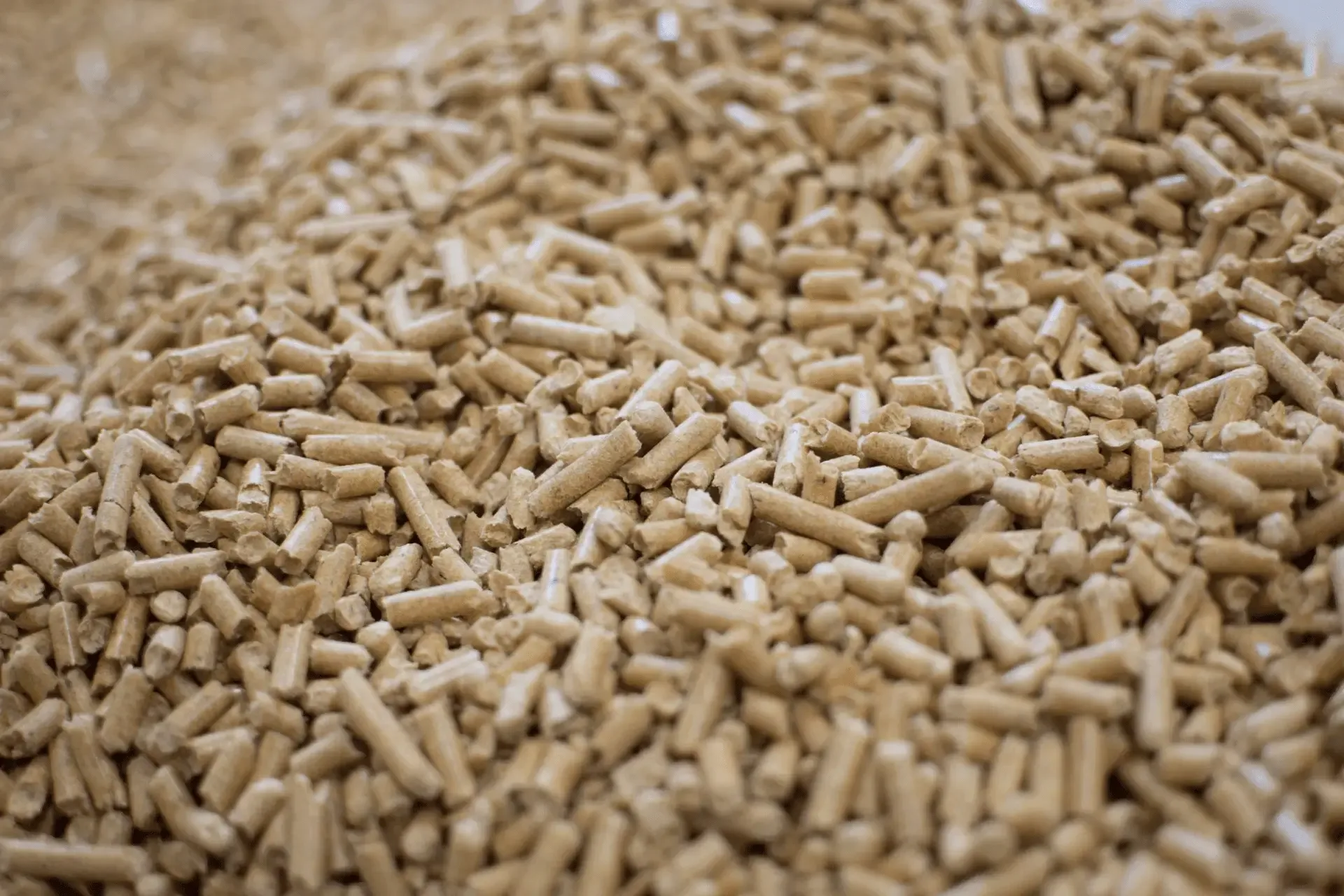What is the calorific value of pellets and why is it important?
The calorific value of pellets is the amount of thermal energy that can be obtained from their combustion. It is expressed in megajoules per kilogram (MJ/kg) or kilowatt-hours per kilogram (kWh/kg). This parameter allows you to compare different types of pellets and choose the most efficient fuel.
It’s worth distinguishing between the terms “calorific value” and “biomass calorific value.” Although they are sometimes used interchangeably, they are not identical. Biomass calorific value refers to the energy that can be obtained from various types of biomass, such as wood, straw, or plant waste. Tree calorific value, on the other hand, refers exclusively to wood and its derivatives, including pellets.
For pellet users, high calorific value means more heat with the same fuel consumption. This translates directly into heating efficiency and lower energy bills.
How to check pellet calorific value before purchase?
Before deciding on a specific product, learn how to check pellet calorific value. Information about calorific value can usually be found on the packaging – manufacturers provide it in units of kWh/kg or MJ/kg. This is the basis for comparing different products and making a conscious fuel choice.
Also pay attention to quality certificates such as ENplus or DINplus. They confirm that the pellets meet rigorous quality standards and have stable combustion parameters.
In addition to technical data, visual and sensory evaluation of pellets is also important. Consistent color without discoloration, smooth and compact granules, and minimal dust indicate high quality. A natural, woody smell is a sign that the pellets do not contain harmful additives.
Thanks to these tips, you can be sure that you are choosing pellets with high calorific value and excellent combustion properties.
Simple pellet quality tests you can perform yourself
To ensure pellet quality, you can perform simple tests yourself. The first is the water test – drop a few granules into a glass of water. This will separate various types of contaminants (e.g., plastic, sand, glue) from high-quality pellets, which will sink to the bottom.
The second test is burning a sample in the boiler. Burn a small amount of pellets and observe how they burn – whether excessive smoke and ash are produced and whether clinkers form. Clinkers are a signal indicating pellet contamination, which can lead to burner damage. This is a practical way to assess how to check pellet calorific value under real conditions.
Formulas and methods for calculating pellet calorific value
Calculating pellet calorific value is not complicated. You just need to know the mass of pellets and their calorific value. The formula looks as follows:
calorific value = pellet mass (kg) × calorific value (kWh/kg)
Przykładow, jeśli masz 10 kg pelletu o wartości opałowej 5 kWh/kg, jego kaloryczność wyniesie:
For example, if you have 10 kg of pellets with a calorific value of 5 kWh/kg, their calorific value will be:
10 kg × 5 kWh/kg = 50 kWh
How to do it step by step?
- Weigh the pellets – you’ll know their exact mass.
- Check the calorific value – you’ll find it on the packaging or in the documentation.
- Multiply the mass by the calorific value – this way you’ll get the calorific value.
Thanks to this simple calculation, you can estimate how much thermal energy the pellets will provide in your boiler. This is a practical way to assess fuel efficiency and make a conscious choice of the best fuel for your home.
Calorific value of coniferous and deciduous pellets – comparison
The type of wood affects pellet calorific value. Pine pellets and other coniferous species achieve a calorific value in the range of 4.8–5.3 kWh/kg (approximately 17–19 MJ/kg). Thanks to natural resin content and compact structure, these pellets are easy to ignite and quickly reach high temperature.
Pellets from deciduous trees, such as oak or beech, have slightly lower calorific value – usually 4.5–5 kWh/kg (approximately 16–18 MJ/kg). Deciduous wood is denser and ignites more slowly, but provides long-lasting, stable combustion.
Which type of pellets you choose depends on your needs. High-calorific pellets from conifers will work well if you need quick and intensive heating. Deciduous pellets are a good choice for constant, calm burning in boilers with automatic feeders.
What to pay attention to besides calorific value?
Although pellet calorific value is important, it’s not the only parameter that determines their quality. Pay attention to moisture content – it should be a maximum of 10% for pellets to burn evenly and provide clean heat.
Another important parameter is ash content – good pellets leave a small amount of ash (below 0.7%), which translates to more convenient furnace operation.
Don’t forget about raw material purity. Avoid pellets made from wood-based waste, MDF boards, or processed furniture – they may contain glues and harmful chemicals that reduce pellet calorific value and can damage the heating installation.
A conscious approach to choosing the type of pellets will allow you to enjoy not only high calorific value but also reliable and safe heating.
Looking for high-quality pellets? Check out ENVUN’s offer – choose fuel that combines high calorific value with durability and safety.



